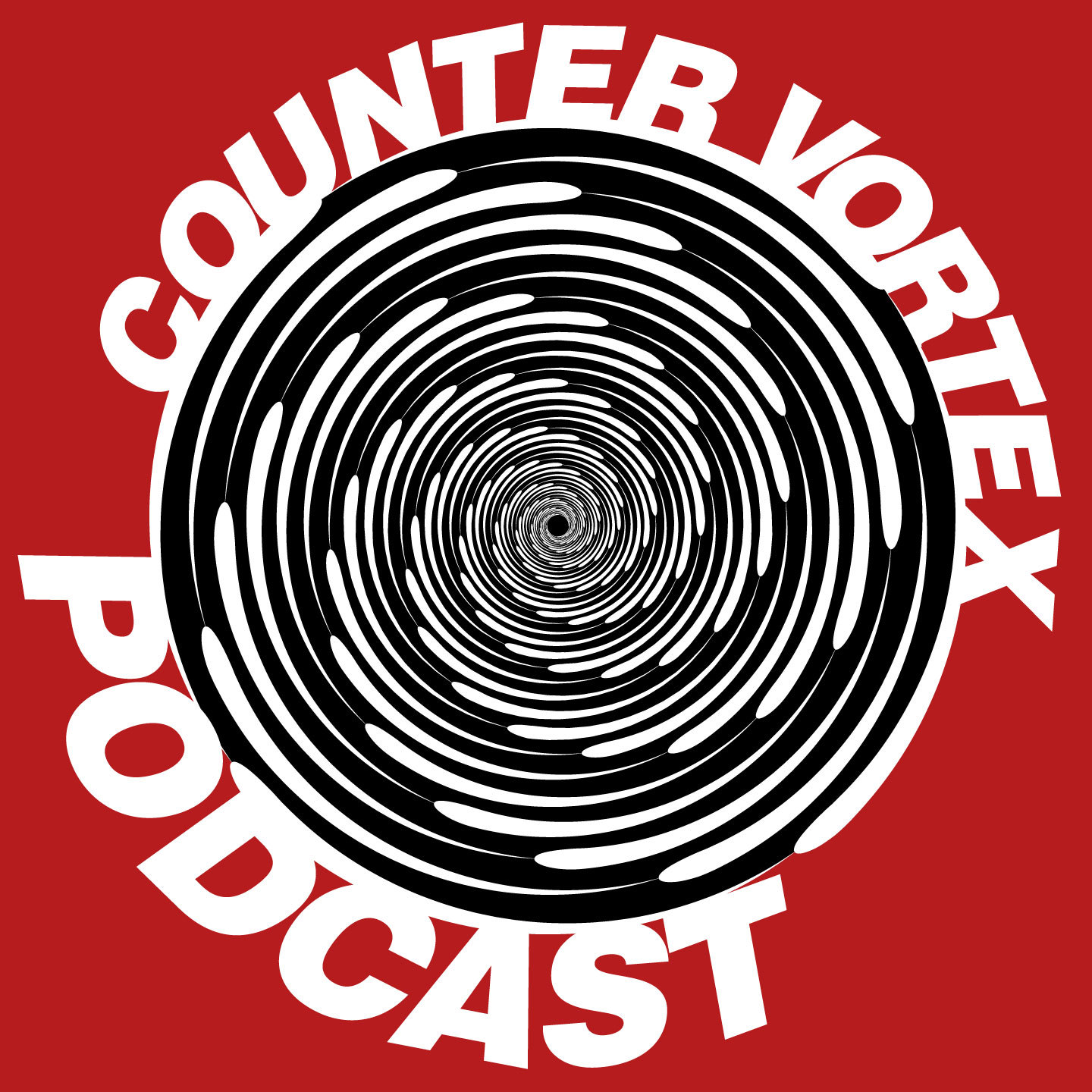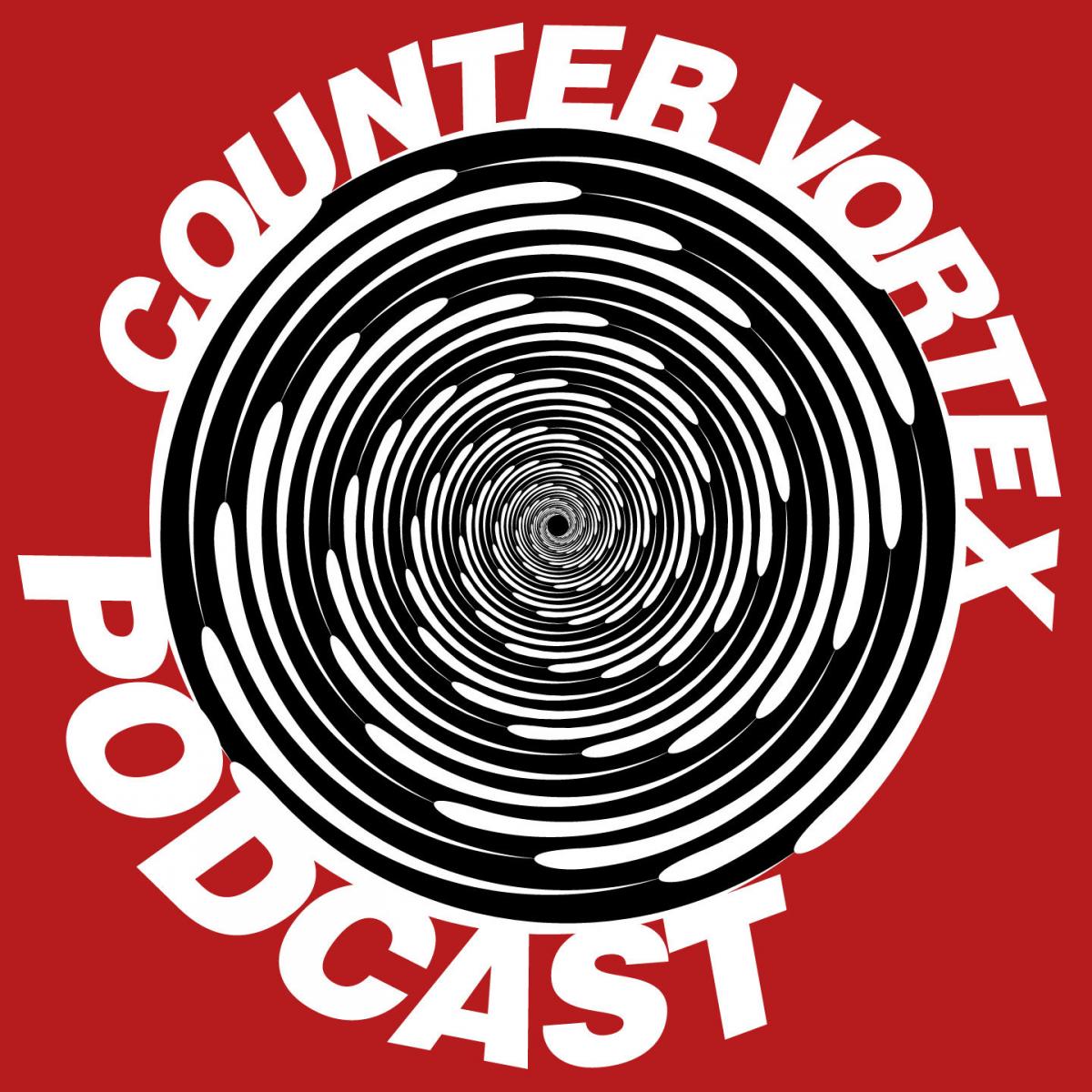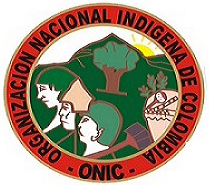Mexico Theater
Mexico: Guerrero governor goes, crisis remains
Protests against Mexican local governments and federal president Enrique Peña Nieto showed no signs of letting up the week of Oct. 20, nearly one month after the Sept. 26-27 killing of six people and the abduction of 43 teachers' college students in Iguala in the southwestern state of Guerrero. Students held a two-day national strike on Oct. 22-23 to demand the return of the missing students, who were all from the Raúl Isidro Burgos Rural Teachers' College in the Guerrero town of Ayotzinapa. Tens of thousands of students and teachers marched in a total of 18 Mexican states on the first day of the strike. The protest in Mexico City was reportedly one of the capital's largest demonstrations in recent years. The Federal District (DF, Mexico City) police estimated the crowd at 50,000, while the Los Angeles Times reported that at one point the march stretched along the broad Paseo de la Reforma from the Angel of Independence to the central Zócalo, a distance of more than four kilometers.
Mexico: privatization scandals multiply
The Sept. 26-27 killing and abduction of several dozen students in the southwestern state of Guerrero could be creating problems for Mexican president Enrique Peña Nieto's efforts to improve the country's international image and to continue the opening of its economy to private businesses. Los Angeles Times correspondent Tracy Wilkinson reported on Oct. 25 that Peña's "government is clearly concerned it is losing a finely crafted domestic and international public relations campaign that emphasized major reforms of Mexico's energy sector. Publications in the US and Europe that once lavished praise on the president have turned the tables." (LA Times, Oct. 25)
Mexico: Guerrero protesters seize city halls
Students, teachers and parents attacked government office buildings in Chilpancingo, the capital of the southwestern state of Guerrero, on Oct. 13 in ongoing protests over the killing of six people, including three students, and the disappearance of 43 other students in Iguala de la Independencia the night of Sept. 26-27. The demonstrators blocked the entrances to the main state office building from around 11 am, keeping some 1,500 employees trapped for more than five hours. In the evening, after some skirmishes with riot police, the protesters broke into one of the buildings and set it on fire. There were also attacks on various vehicles and on Chilpancingo's city hall. (La Jornada, Mexico, Oct. 14)
Mexico: dam opponent slain during radio broadcast
Two gunmen shoved their way into a radio studio in Mazatlán, a port city in Mexico's Sinaloa state, and opened fire on local activist Atilano Román Tirado, killing him live on the air Oct. 12. Román Tirado had a weekly program on Radio Fiesta Mexicana, called "Asi es mi Tierra" (That's How My Land Is), as well as leading a group of campesino families displaced by the Picachos dam. In recent years, the movement of some 800 families demanding compensation for lands lost to the dam on the Río Presidio has staged blockades and protest marches, resulting in some arrests and repression. Sinaloa's Gov. Mario López Valdez (PAN) said the killing would not go unpunished. Violent attacks on reporters and media workers are increasingly common in Mexico. According to the New York-based Committee to Protect Journalists, 75 journalists and media workers have been killed since 1992, although the vast majority reporters or editors for print media. (AP, Oct. 13; Libération, France, Oct. 12)
Mexican cartel wars winding down?
Mexican authorities on Oct. 1 claimed another coup against the cartels, announcing the arrest of Héctor Beltran Leyva, last remaining kingpin of the Beltran Leyva Organization—the declining crime machine that once controlled much of the west and central parts of the country. Beltran Leyva was taken into custody by army troops "without a shot fired" as he dined in a seafood restaurant in the tourist town of San Miguel de Allende, Guanajuato state. (LAT, Oct. 1) The capture follows that earlier this year of the Sinaloa Cartel's long-fugitive jefe máximo Joaquin Guzmán Loera AKA "El Chapo"—marking another score for President Enrique Peña Nieto, and his supposed new and more sophisticated policy against the cartels.
Mexico: anger grows over Iguala massacre
Tens of thousands of people demonstrated in Mexico and internationally on Oct. 8 to protest the killing of six people and the wounding of at least 20 more the night of Sept. 26-27 by municipal police and people in civilian dress in the city of Iguala in the southwestern state of Guerrero. The demonstrators demanded the return of 43 students who have been missing since that night; all are from the militant Raúl Isidro Burgos Rural Teachers’ College in the town of Ayotzinapa. "They were taken alive, we want them back alive" and "We are all Ayotzinapa" were among the slogans protesters chanted in at least 25 Mexican states and 60 cities, including many in other countries, along with calls for the Guerrero state government and Mexico’s federal government to "go away.”
Mexico: mass graves may hold missing students
On Oct. 4 authorities in the southwestern state of Guerrero announced that they had found charred human remains in a group of mass graves in Iguala de La Independencia municipality, at Pueblo Viejo community in the countryside northwest of the city. Guerrero chief prosecutor Iñaky Blanco Cabrera would only say that there were human bones and that specialists would need to use DNA tests to identify the victims. State police agents at the site on Oct. 4 told reporters off the record that there could be anywhere from four to 19 bodies, but on Oct. 5 Blanco Cabrera said the total number was 28. It seemed likely that the remains were of teachers' college students missing since the night of Sept. 26-27, when Iguala police opened fire on three buses carrying students from the militant Raúl Isidro Burgos Rural Teachers' College, located in the town of Ayotzinapa. Originally 25 students were reported missing after the incident, but parents and student leaders later raised the number to 43.
Mexico: Templario operative killed, secrets spilled
Michoacán state police on Sept. 12 found the body of a brother of Servando Gómez Martínez AKA "La Tuta"—leader of the notorious Knights Templar cartel and Mexico's most wanted drug lord. Aquiles Gómez Martínez was found dead of a gunshot wound at his home in the Pacific port city of Lázaro Cárdenas. A 9 mm pistol, two ammunition clips and a box containing 50 bullets were also found at the residence. Prosecutors had identified him and two other purported brothers of "La Tuta," Flavio and Luis Felipe Gómez Martínez, as chief operatives of Los Caballeros Templarios. (EFE, Sept. 19)















Recent Updates
21 hours 15 min ago
21 hours 40 min ago
21 hours 58 min ago
22 hours 15 min ago
22 hours 41 min ago
1 day 22 hours ago
2 days 20 hours ago
3 days 19 hours ago
3 days 19 hours ago
5 days 20 hours ago